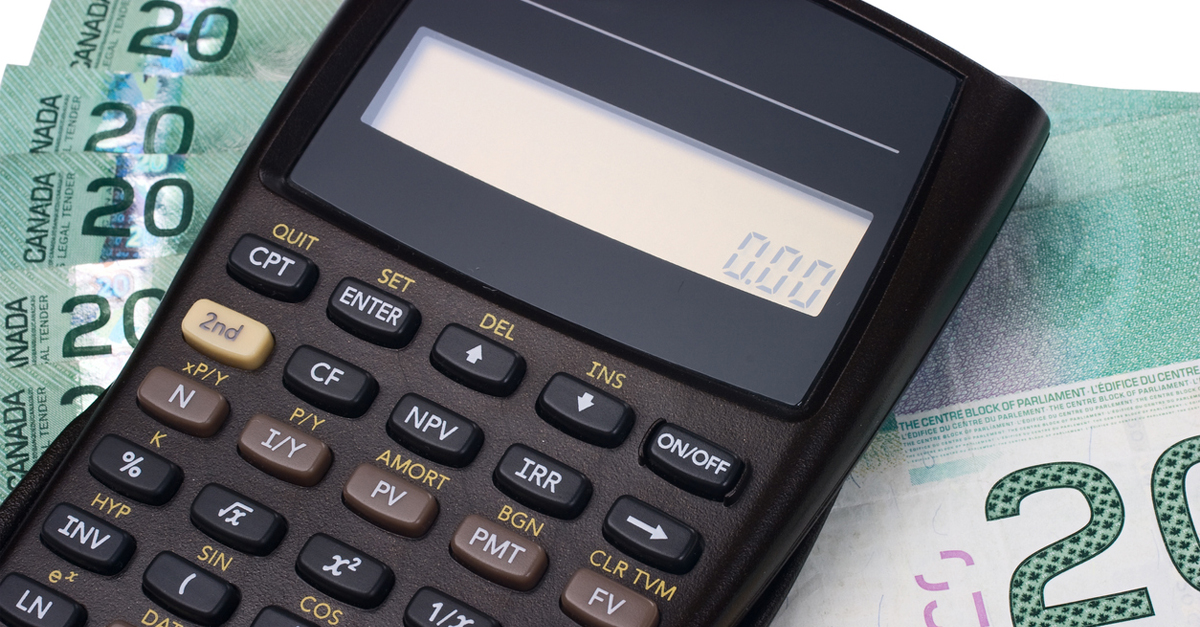
In a bankruptcy, the amount of money you’re required to pay is based on your household income. When filing bankruptcy in Canada, you may be subject to this surplus income penalty depending on how much you earn and how many dependents you have. Simply put, the more you make, the more you are required to pay into your bankruptcy. This can significantly increase the cost of bankruptcy, but there’s an alternative: a consumer proposal.
Table of Contents
What is Surplus Income?
Surplus income is a payment made into your bankruptcy for the benefit of your creditors. Under surplus income rules, the federal government sets net monthly income thresholds for a person or family to maintain a reasonable standard of living. Every dollar you make above these surplus income thresholds is considered surplus income, and you’re required to remit 50% of your surplus to your Licensed Insolvency Trustee.
The formula for calculating surplus income isn’t complicated, but it can have a significant impact on your bankruptcy:
-
If you have surplus income, you will not only pay more each month but also have your bankruptcy extended for an additional 12 months. This is especially important for second-time bankrupts, who face longer bankruptcy periods.
-
Surplus income payments are required by law, as outlined by the Bankruptcy and Insolvency Act (BIA). The Office of the Superintendent of Bankruptcy sets surplus income limits, which increase with family size and rise annually based on inflation.
-
Failure to report your income or make your required payments while bankrupt means that your debts will not be discharged.
-
All sources of household income, whether taxable or not, are included in the surplus income calculation. This includes your net pay, child tax credits, child support, and pension income.
-
Certain expenses, such as child care expenses, court-ordered payments, and medical expenses not covered by insurance, may be deducted from your income when calculating surplus income.
How Surplus Income Affects Consumer Proposals
While there is no surplus income in a consumer proposal, it does impact how much your proposal will cost. Surplus income and any non-exempt assets you own determine how much to offer to your creditors in a proposal.
For a consumer proposal to be accepted, creditors must receive more than they would in a bankruptcy. This is why your Licensed Insolvency Trustee will estimate your potential surplus income payments and any potential asset realizations in bankruptcy prior to filing your proposal to determine a fair proposal offer.
Let’s look at an example:
Instead of paying $500 monthly for 21 months in bankruptcy ($10,500 total), you might offer a consumer proposal of $200 monthly for 60 months ($12,000 total). While the total is slightly higher, the lower monthly payment can be more manageable. Your creditors are likely to accept this offer because they will receive more than if you were to file bankruptcy.
There is no strict income limit for filing a consumer proposal. However, higher-income individuals will need to offer more to their creditors for the proposal to be accepted.
Considering a consumer proposal?
Avoiding the Surplus Income Penalty
A consumer proposal benefits high-income earners, who would be subject to surplus income in a bankruptcy, in several ways:
-
Unlike in bankruptcy, your payments in a consumer proposal are fixed once creditors agree to the terms. Even if your income increases, your payments remain the same. Future raises, bonuses, and windfalls will not affect your proposal payments.
-
If you experience a month where you receive three bi-weekly paycheques instead of the normal two, this could be enough to trigger a surplus income payment. Extra pay periods do not affect your consumer proposal payments.
-
Consumer proposals can spread payments over up to five years, making monthly payments more manageable.
-
Consumer proposals allow you to keep assets that might be lost in bankruptcy, such as RESPs, a second car, home equity and tax refunds.
-
Plus, you can pay off a consumer proposal early if your financial situation improves, giving you more flexibility than bankruptcy.
To determine if a consumer proposal could help you avoid high surplus income payments, try our Surplus Income Calculator.
To compare your options, book a free consultation with a licensed insolvency trustee at Hoyes Michalos. We can review your specific situation and help you understand if a personal bankruptcy or a consumer proposal is the right solution for your debt problems.





